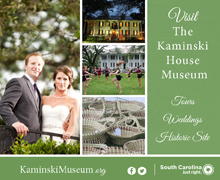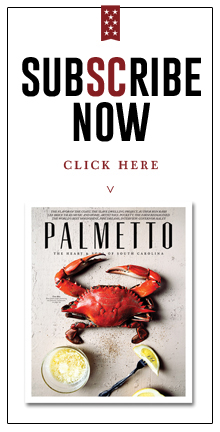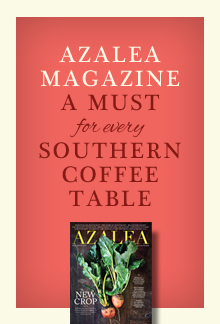
Lessons from my Son
Bridging the Racial Divide.
At 3 a.m. on June 18, 2015, the yelp of my alarm boomed through my normally tranquil bedroom. My oldest son Ethan and I were getting up especially early that morning to meet two of his closest friends and their dads. We were all catching an early flight to Arizona for a father-son expedition to hike the Grand Canyon.
It didn’t take long for me to learn that while I was sleeping that night, tragedy had struck Charleston. The news was reporting that a gunman had entered a Wednesday night prayer meeting and killed nine innocent people at Mother Emanuel AME Church—less than thirty miles from our driveway.
On the drive to the airport, we gathered a meager amount of details from early news reports before we entered the smartphone dead zone that is the Grand Canyon. We all speculated what kind of Charleston we would return to at the end of our trip. Would our beloved city be on fire like Baltimore? Would our streets be filled with rioting like in Ferguson? Five days later, when we arose from thirty miles of hiking, I was amazed to find the story coming from Charleston was one of unity and community compassion.
The whole world marveled as Charleston declared, “To division we say, ‘No way, not here, not today!’”
So how did Charleston resist the plunge into divisiveness seen in other cities? The answer is simple. Few communities in America have been blessed with the purity of heart found in the members of Mother Emanuel AME Church. Their example of forgiveness led the way for Charleston to come together and unify like no other city which faced this adversity. Forgiveness settled in their hearts before vengeance could attack their minds.
Like their brothers and sisters who died around a table for prayer, the members who remained illustrated this passage from Psalm 23: “Even though I walk through the valley of the shadow of death I will fear no evil…You prepare a table before me in the presence of my enemies … [yet] goodness and mercy shall follow me all the days of my life.”
So when hate groups with megaphones tried to capitalize on these events to further their agenda, the members of Mother Emanuel drowned out their messages of hate with even louder songs of worship. Over 20,000 people walked the Ravenel Bridge, showing the world that Charleston stands in forgiveness and unity with Mother Emanuel. A human wall of all races and creeds assembled at each funeral. They stood arm-in-arm to guard the families against the protesters’ attempts at disruption and degradation.
I saw in the people of Charleston the same purity I observed in our sons on our hiking trip. Watching the boys jump from waterfalls and throw rocks together, I found the answer to the question I had been asking since we left Charleston: “How do we bridge the divide between races and finally see reconciliation in our state?”
I watched my son walk through the Grand Canyon with his best friend who doesn’t share the same skin color. Theirs is a friendship that is not contrived or forced, but natural and voluntary. Like typical thirteen-year-old boys, they consume huge quantities of food, neglect to deodorize themselves, and laugh uncontrollably as we onlookers shrug our shoulders at their hysteria. They rattle on about grinding rails, heal flips and Paul Rodriquez. I know nothing of what they are talking about, but their persistent skinned elbows and gashed jeans reveal the shared brotherhood of their fraternity.
In his generation, this is not uncommon. In my generation, it is much less frequent, but for the generation of my parents, this type of friendship is rare. In their case, friendship settled in their hearts before prejudice could attack their minds.
There’s no debating the fact that racial issues continue to plague our country. I do not believe we will solve the 200-plus year divide between blacks and whites with changes initiated at the state house or the White House.
It will require changes made at our house.
Changes in those we invite to birthday parties and Christmas celebrations. Changes in those who we welcome into our homes. Changes in with whom our children play and with whom they call “best friend.”
There is much truth in watching children lead the way.
By Will Browning
Recommended
-
The Great White DebateApril 16th, 2018
-
Out of My Mind – Job SecurityApril 16th, 2018
-
Being My Biggest Fan is a Dangerous JobApril 16th, 2018
-
Batman and StarbucksAugust 25th, 2017
-
Manners and MeatballsOctober 12th, 2015








